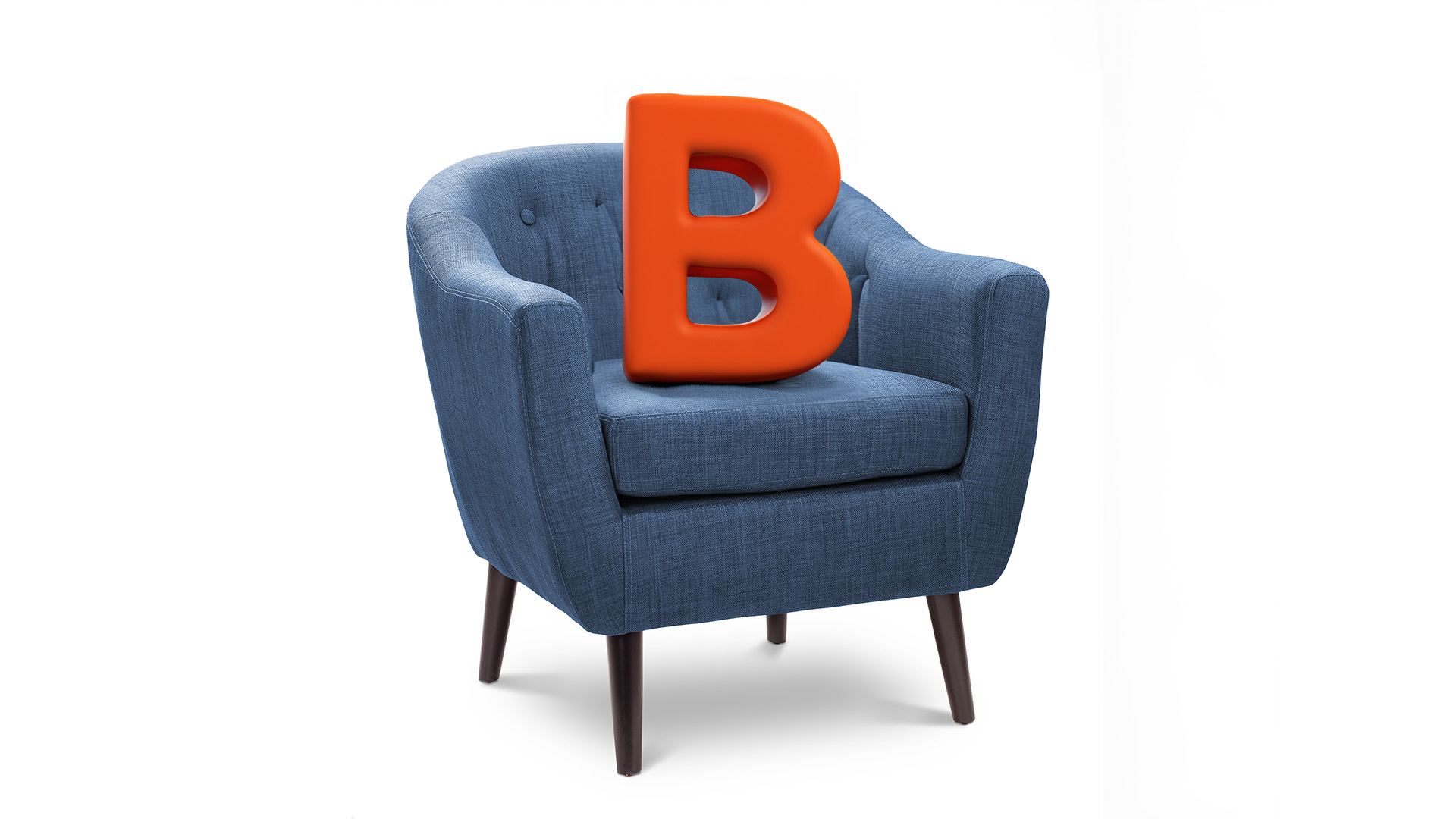Australia’s third quarter GDP figures are out later this morning and there’s a good chance they could be better than expected after better than expected contributions from the current account, business stocks, wages and company profits.
Leading economists reckon the economy grew by 0.7% in the quarter – but that was before yesterday’s better than expected current account data, which showed a positive 0.8% contribution to growth, almost reversing the 0.9% cut in the June quarter.
A reading of 0.7% would produce an annual growth rate of 3.1%, close to trend, but better than 2.2% in the September quarter of 2013.
But slightly better reports on the current account and inventories could see that nudge a little higher.
With government spending cutting GDP by a small (0.1% at most) amount, plus an expected 0.6 to 0.8 positive contribution from business inventories and the small rises in wages and salaries and company profits, growth could end up closer to 0.8% to 0.9% according to more optimistic economists.
Helping is an expected small positive contribution from retail sales which rose 1% in volume terms in the September quarter, against a fall of 0.1% in the three months to June.
The Australian Bureau of Statistics said the current account deficit narrowed to $12.5 billion in the September quarter, below expectations for a $13.5 billion shortfall and following a deficit of $13.9 billion in the June quarter.
The surplus on goods and services rose $3.02 billion in real terms, which would add 0.8 percentage points to growth in the September quarter measure of gross domestic product, which will be published tomorrow.
And the ABS reported that public sector spending fell in the September quarter and will end up being a tiny drag on third quarter GDP.
Government final consumption spending, which is mainly the cost of delivering services, was up by 0.8 per cent in the quarter after allowing for price changes and regular seasonality.
Capital investment by governments and public corporations fell 4.4%, more than enough to offset a solid rise in government consumption, resulting in a fall of 0.3% in all government spending.
As government spending works out to be a bit over one-fifth of gross domestic product, the effect on GDP growth will be a quarter of that 0.3% fall, or a drag of a little less than a tenth of a percentage point. In other words, tiny.
And if the GDP figure is a solid one, watch all the smartypants deride it as being “history” and not reflecting what is happening now in the economy. Well, the early October evidence suggests not much has changed.
And there was further evidence of the slightly stronger state of the economy, that surprise 11% fall in building approvals reported for September (which sparked all sorts of alarmist rubbish from talking heads, from media to economists) was reversed in November with a rise of the same proportions.
But watch for a dearth of positive comments. Indeed on the day that was announced, Deutsche Bank emerged with a forecast of two rate cuts in 2015, citing a weakening in housing activity. That forecast didn’t take account of the sharp jump in October.
Driving the slide in September was a sharp fall in approvals of non-private dwellings (units etc), and guess what, driving the sharp rise in October was, you guessed it, a sharp rise in non-private dwellings. The volatility in this part of the figures makes the whole series a weak indicator of building intentions – housing finance approvals are a more stable indicator.
Anyway, the ABS said approvals rose by 11.4% in October – the most in 14 months.Economists were only anticipating a 5%, so that’s another big miss for them.
The Australian Bureau of Statistics said that approvals were 2.5% than October last year. In September they were down a huge 13.4%. Private dwelling approvals were up 12.7% in the year to October, against an 8.7% rise in September from the same month a year ago.
Dwelling approvals rose in Tasmania (1.9%), Victoria (1.7%), South Australia (0.8%), Australian Capital Territory (0.5%), Western Australia (0.4%) and NSW (0.3%) but were down in the Northern Territory (1.3 %) and Queensland (0.7%) in trend terms.
In trend terms, approvals for private sector houses was flat in October. Private sector house approvals fell in South Australia, Western Australia and Victoria. Private sector house approvals rose in New South Wales and Queensland.













